Lamb 101 – Your Guide to the Basics of Lamb

Do you know your rib from your loin? Your flank from your breast? Your neck from your shoulder? If not, Lamb 101 is for you. Every cut of lamb has a distinctive flavour and texture. This post will show you the different cuts of lamb and the cooking methods that are best for bringing out each cut’s particular flavour qualities.
Curious about the basics of beef, pork and chicken? Stay tuned for our next 101 posts! You’ll be a meat-mastermind in no time.
Lamb Neck
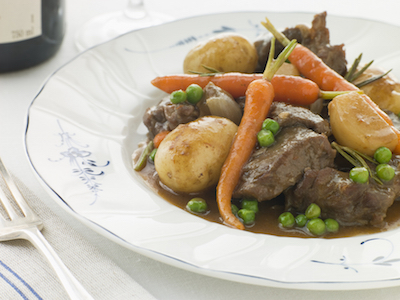 Neck is inexpensive, underrated and full of flavour. Similar to oxtail, neck meat has plenty of collagen, which is a natural compound in red meat that lends a silky richness to stews, braises, curries, casseroles and other slow-cooked recipes.
Neck is inexpensive, underrated and full of flavour. Similar to oxtail, neck meat has plenty of collagen, which is a natural compound in red meat that lends a silky richness to stews, braises, curries, casseroles and other slow-cooked recipes.
Cooking methods
Neck goes with a wide range of flavours and tastes best when cooked slowly at a low heat. Neck meat can be bought on or off the bone – keep the bone in whilst cooking if you want a deep, rich lamb flavour in your recipe.
Lamb Shoulder
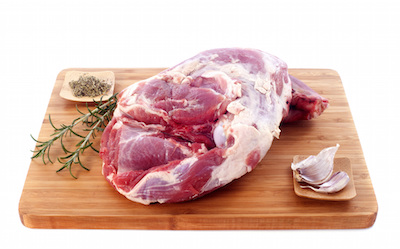
Lamb shoulder is affordable, flavoursome and nicely marbled. The meat can be tough, as this part of the animal is constantly exercising (the harder muscles work, the tougher their meat will be).
Cooking methods
Lamb shoulder is great for stewing and slow-roasting. To maximise flavour, consider roasting lamb shoulder on the bone over a period of 3-5 hours.
Lamb Breast
Lamb breast is one of the most inexpensive cuts of lamb. This cut is full of flavour but needs to be cooked slowly in order to tenderise the meat.
Cooking methods
Lamb breast needs long, slow braising, roasting or stewing to tenderise its otherwise tough meat. Boneless breast tastes delicious when stuffed with bread crumbs, rolled and then braised or roasted. Breast meat is quite fatty, so pair it with light, lean ingredients to balance the flavour.
Lamb Rib
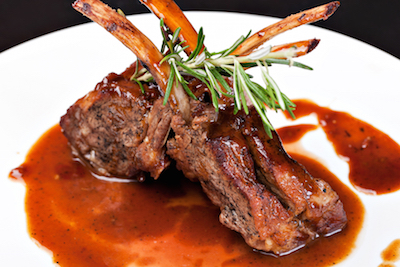
Lamb ribs are surprisingly meaty, and taste delicious when marinated and then slow cooked to sweet, sticky goodness. Lamb ribs are quite fatty, but this creates a rich and succulent flavour.
Cooking methods
Rack of Lamb: A whole rack of lamb – which comprises of seven or eight ribs from the centre of the animal – makes a supreme roast.
Rib Chops: One of the most popular lamb rib cuts is individual rib chops. Each chop has a tender eye of lean, pink meat and a thick layer of flavoursome fat. Rib chops can be roasted, grilled or pan-fried.
Riblets: You can also buy individual ribs from the breast section (often called riblets) – these taste great grilled and basted with a tangy-sweet vinegar sauce.
Lamb Loin
Lamb loin can be boned, rolled and tied or cut into loin chops. Lamb loin is very tender and requires minimal cooking time. Loin chops contain a portion of the loin and tenderloin and are one of the leanest, most tender and most expensive lamb cuts.
Cooking methods
When cooked quickly on the grill or under the broiler, lamb loin chops develop a caramelised crust and a pink, juicy centre. Lamb loin is versatile and can be roasted, broiled, grilled or sauteed to perfection.
Lamb Sirloin
Sirloin chops are meaty, affordable cuts from the fatter sirloin end of the lamb’s leg and hip section. Sirloin meat is very tender and flavoursome.
Cooking methods
Sirloin chops are very tender and taste delicious when grilled, roasted or broiled.
Lamb Flank
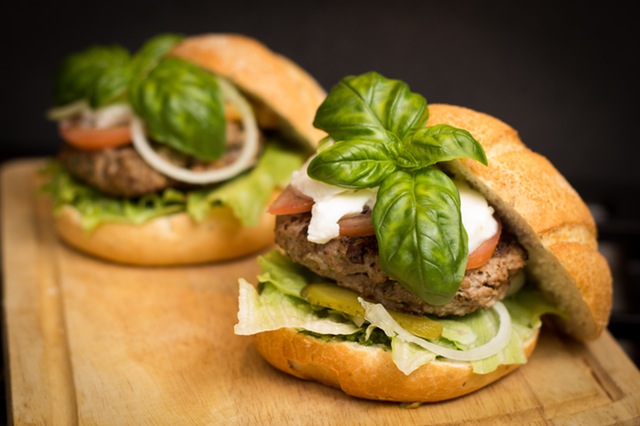
Lamb flank meat is quite tough and requires slow, moist-heat cooking to tenderise. Due to flank’s toughness, it is often ground into mince for burgers.
Cooking methods
To achieve maximum flavour and tenderness, flank tastes best seared + roasted, braised, stewed or minced for burgers.
Lamb Leg
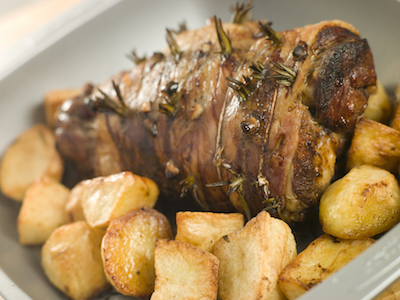
Lamb legs work hard, which means they have good, strong flavour but need slow-cooking to reach fall-apart tenderness. Lamb leg is available in several different forms: sirloin end, shank end, short leg, and frenched. Legs also come de-boned and butterflied, so that they can be splayed on the grill or stuffed, rolled, tied, and roasted. Lamb leg is the perfect meat cut for feeding the masses.
Cooking methods
Leg of lamb tastes great slow- roasted whole on the bone, or de-boned, marinated and barbequed. Lamb leg is a fairly lean muscle, so take care not to overcook it, because this can result in dry meat.
Lamb Shank

The shank is taken from the lower part of the legs, and is an affordable cut that goes a long way.
Lamb shank contains a lot of collagen, which gives the meat a soft, melt-in-your-mouth texture when cooked slowly.
Cooking methods
Lamb shanks are the ultimate cut for stews and slow braises that require rich and intense flavour (like the South African stew pictured above). Shanks taste best when slow-cooked, as this renders the meat fork-tender and delicious.
So, which cut of lamb are you going to master first? We have a wide range of lamb cuts available from our online butcher store. We also have some great recipes if you need a little cooking inspiration. Don’t forget to stay tuned for our next 101 posts!
Contact us for more information about lamb cuts and the best ways to cook them.



